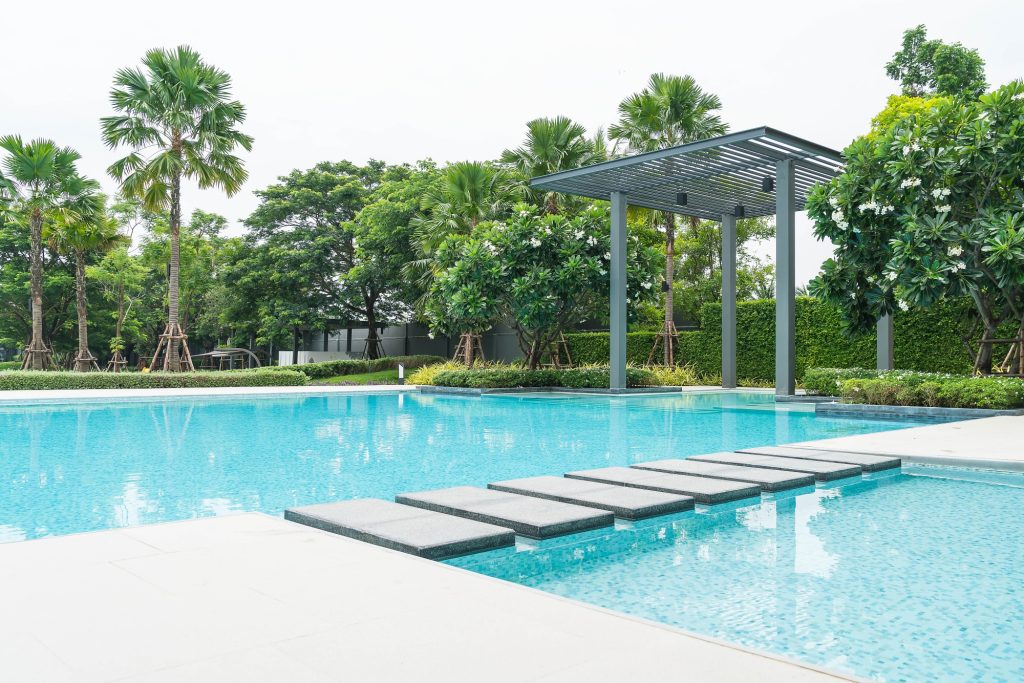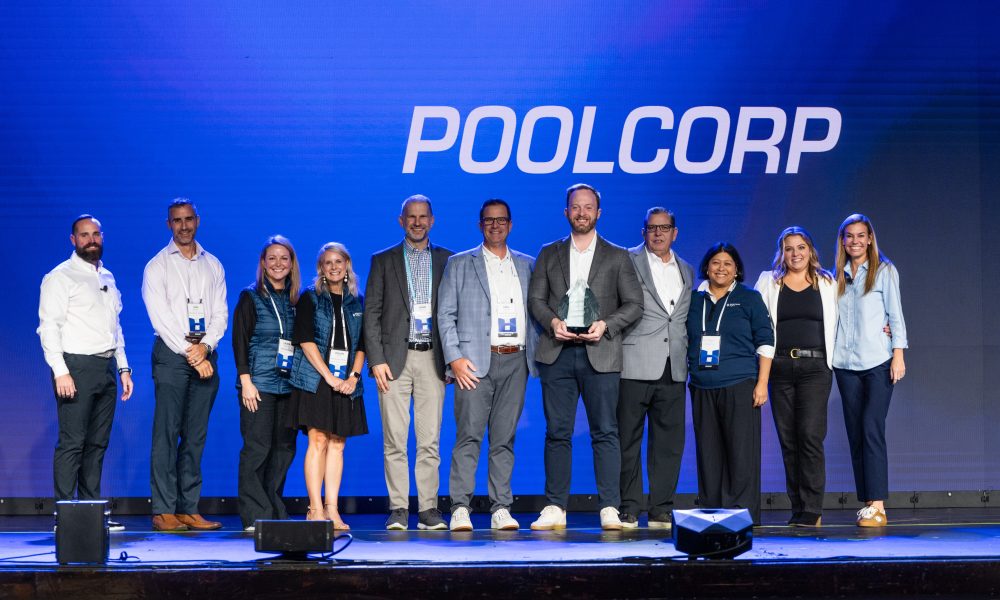By Tom Soukup
Most heated pools and spas rely on one pump or pump package for flow to the heating and filtration systems. This simple design has been used for years to circulate pool water, but it’s far from optimal. Properly sized and installed separate pumps for heating equipment can extend the lifecycle of the entire system, reduce power consumption and maintenance.
Filter pumps are specified for commercial pools based on their size and the rate of turnover dictated by local authorities or the International Swimming Pool and Spa Code. In Pennsylvania, for example, commercial pools must be turned over every six hours and spas every 20 minutes.
It is all too common that filter pumps are sized based on the required flow rate to overcome the filter head loss. The flow requirements and the head loss of heat exchangers in the system, however, are not taken into consideration. This is an issue because heating equipment has a manufacturer-specified minimum flow rate requirement to protect the heat exchanger and attain maximum efficiency.
The majority of systems in use in the field are not able to provide enough flow to the heater(s). It almost always involves two tees and a manual diverter valve between them.
Theoretically, but not in reality, this diversion valve can be adjusted to ensure the correct flow through the heaters. The valve is often not set properly because there are no flow meters in the system to determine the flow rate through the heat exchangers.
A manual valve will not modulate to reflect if the heaters are on or off, so water will continue to flow through the heat exchangers. Not only is this a waste of power, but the constant circulation inside heat exchangers can increase mineralization. The heat exchanger channels become smaller, reducing the efficiency of heat transfer. This also increases the pumping resistance. This is similar to the buildup of plaque in the arteries.
The problem in the above less-than desirable but all-too common scenario is that the filtration and heating systems are not hydraulically segregated. The same pump serves both loops, but it is not usually sized to handle the head loss from the heat exchangers.
This leads to a situation where the pump is drawing more power than it should, resulting in wasted energy and premature pump failure.
Marginal Improvement
Some manufacturers have acknowledged this problem and tried to improve it. Some commercial pool heaters are equipped with an integrated pump to serve the heat exchanger. When you read the specs of the appliance there will be a “developed pipe” length that the pump provided can accommodate. The developed pipe length is the maximum length of pipe that the pump can accommodate, including any pressure drop caused by elbows or other fittings.
The article Pool & Spa Marketing : Benefits of using booster pumps for heating systems first appeared on Pool & Spa Marketing .







